You can contact LEARNZ, part of CORE Education, at:
Postal Address:
PO Box 13 678,
Christchurch 8141,
New Zealand
Fiordland includes two very different but interconnected ecosystems, above and below the surface of the water.
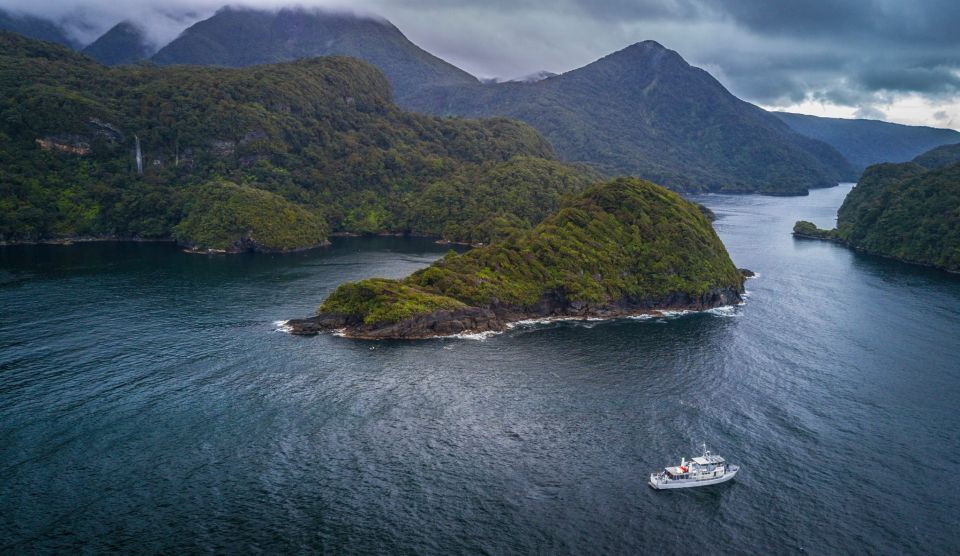
Remote and rugged, the 14 fiords in the south-west of Aotearoa are unique.
A fiord is a long, narrow inlet of sea, with steep sides carved out by a glacier. New Zealand has 14 fiords. The fiords contain both sea water and freshwater. The freshwater is less dense than sea water, so it floats above the saltwater where it creates a brown layer.
Freshwater flows from the land into the fiords. Fiordland is one of the wettest places in Aotearoa, recording over 7.5 metres of rainfall each year. With all this rain a huge volume of freshwater flows into the fiords. As the water runs down banks through forests and leaf litter it becomes brown. This brown layer of fresh water stops some sunlight from reaching the saltwater below. This makes the saltwater dark, creating a unique habitat for plants and animals.
Most creatures in the fiords live on the underwater rock walls. The top layer of fresh water is home to only a few hardy creatures such as mussels, shrimps and barnacles. These animals can cope with the brackish water. Just below this layer, deep-water animals can live in much shallower water. These animals are carried on currents from the Tasman Sea into the dark sheltered waters of the fiords. Here, conditions are similar to those of the deep ocean and the rock walls are covered in huge numbers of sponges, corals, sea stars, sea urchins, lace corals and sea squirts.
Further down, sea cucumbers and glass sponges make their homes.
Not much lives in the dark basins more than 40 metres deep. Heart urchins, tube worms and crabs are among the animals that live on the muddy floors of the fiords.
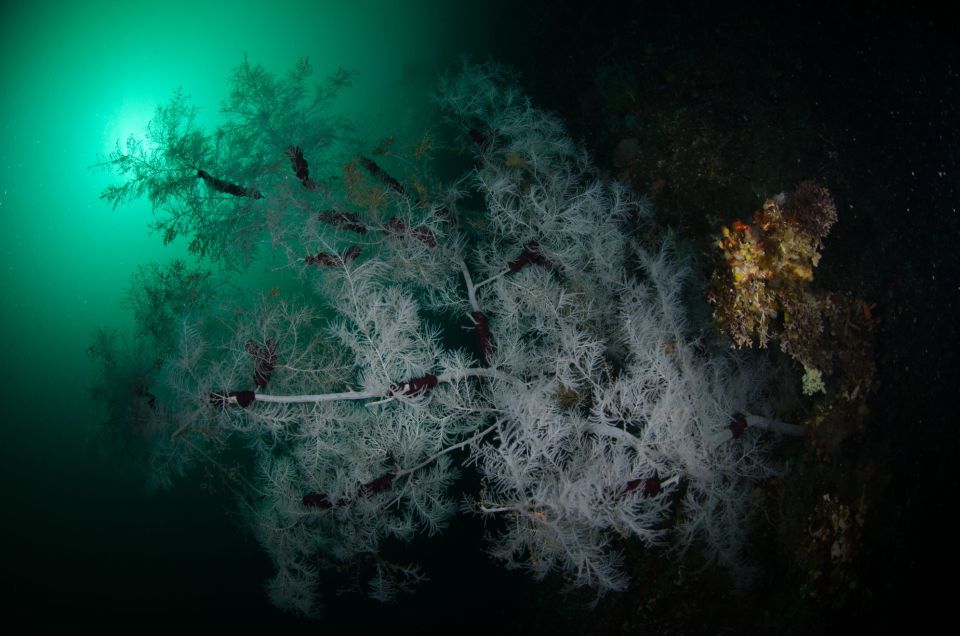
Over 150 types of fish live in the fiords. The blue cod and butterfly perch are so tame that they swim up to divers. Fur seals venture into the fiords to live.
Further out towards the open ocean there is more mixing of water and better light, so more kelp grows. Here koura/rock lobster teem and paua graze the rocks.
Terehu/bottlenose dolphins, kekeno/New Zealand fur seals, tawaki/Fiordland crested penguins, and kororā/blue penguins are common. You may even see whales, which swim by where the continental shelf comes close to the coast.
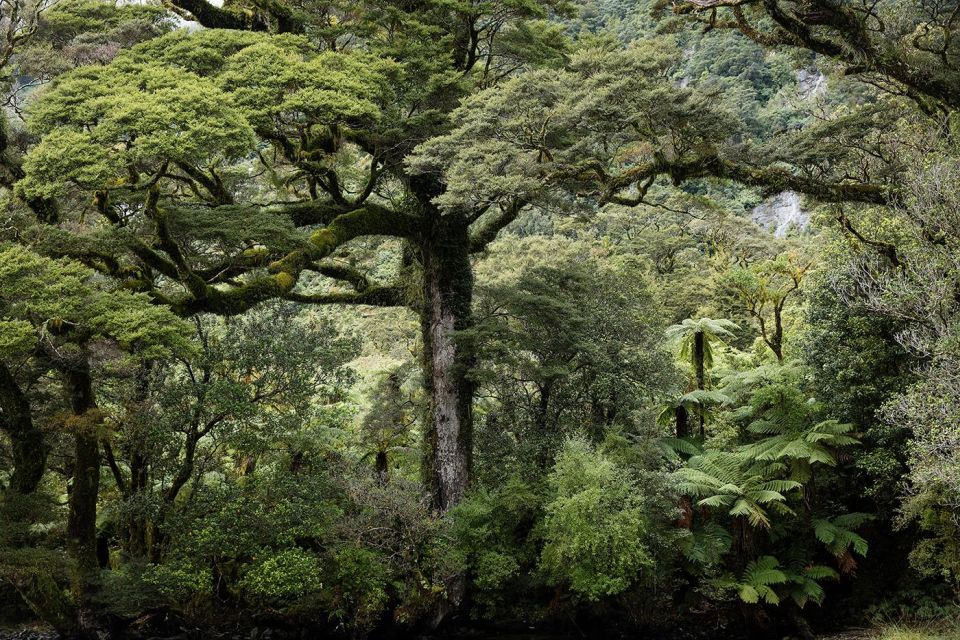
Fiordland has a variety of habitats and is isolated by steep mountains. This has led to high numbers of endemic plants. Much of Fiordland is heavily forested. Beech trees are common, silver beech in the fiords and red beech in the inland valleys.
In the understory there are a wide variety of shrubs and ferns. Above the tree line there are areas of scrubby herbs, patches of bog next to mountain streams and even rimu-dominated sand dunes in the Waitutu area on the south coast.
Cool summers and exposure to the coast means that the treeline in Fiordland is lower than in other parts of Aotearoa (below 1,000 metres in elevation).
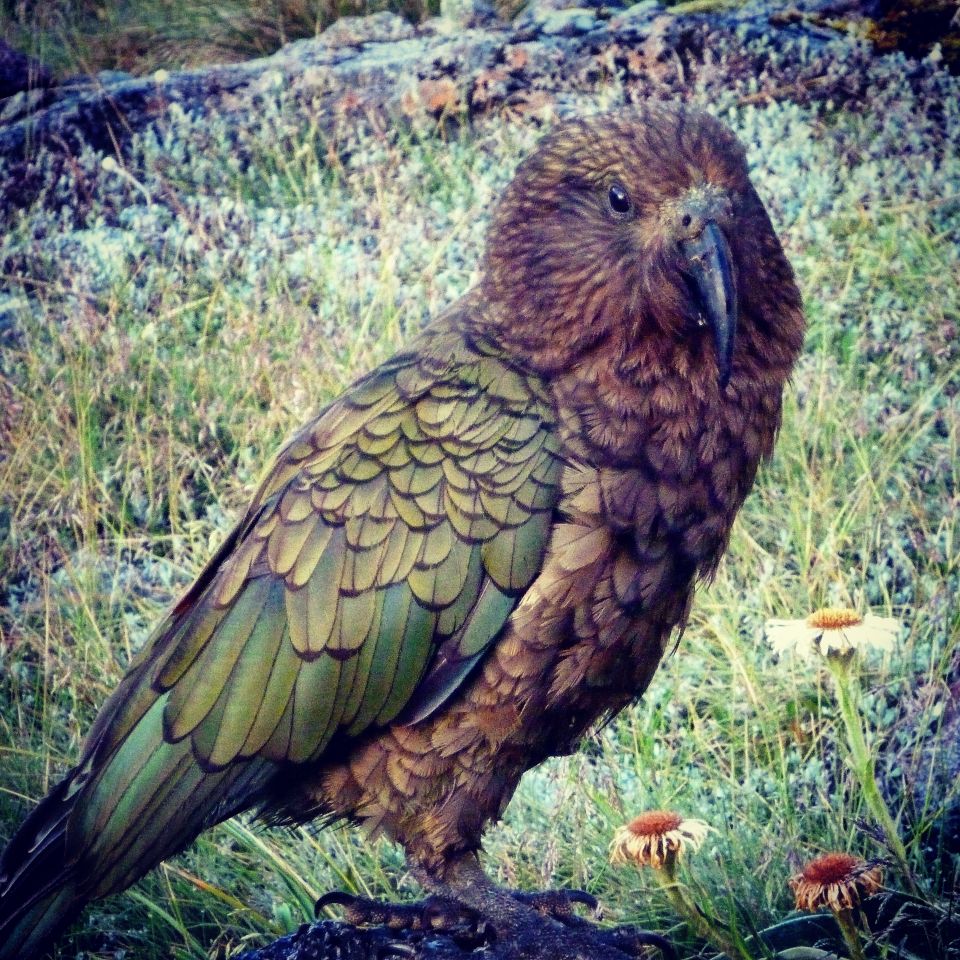
Fiordland is home to threatened native bird species, such as:
You may also see kea and kākā soaring overhead and might spot tomtits, tui, kakaruwai (South Island robin) and hihi (stitchbirds).
Which of these birds are flightless?
The takahē was thought to be extinct for 50 years before a small number of birds were discovered in Fiordland's Murchison Mountains in 1948. Since then, the area has been managed by the Department of Conservation, trapping stoats and controlling deer. Since 2015 nearly 60 takahē have been released into the wild mountain population.
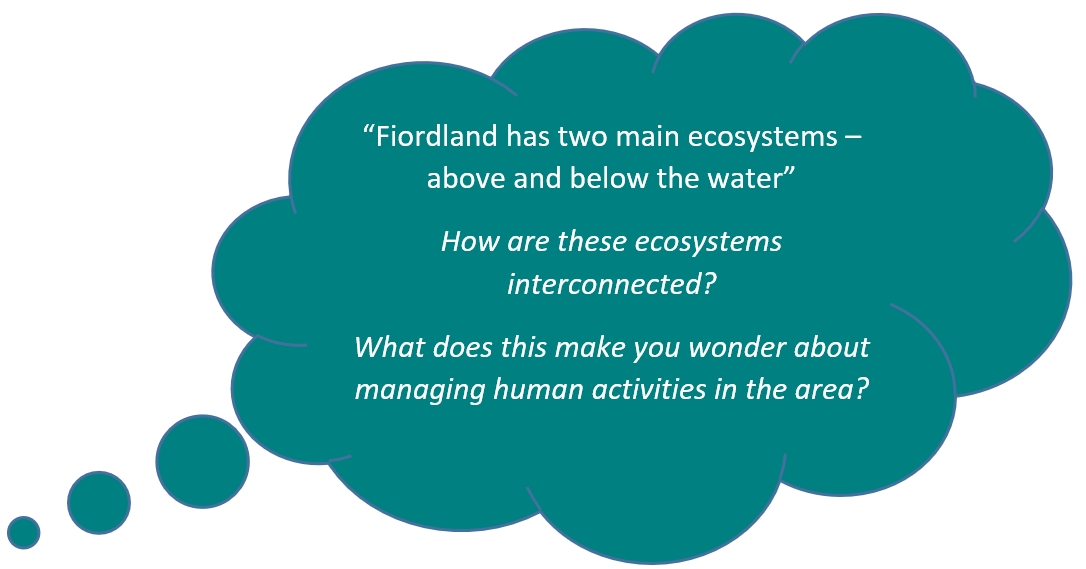 Other animals
Other animalsPekapeka (both long-tailed and southern lesser short-tailed bats) are found in Fiordland along with a range of skinks and geckos. There are also huge numbers of insects, with over 300 species found only in the Fiordland region.
Some Fiordland insects are large, such as wētā, large caddis, and giant weevils, and some of them unusual, such as egg-laying worms, alpine cicadas, and brightly coloured alpine moths.
You will also meet many hungry sandflies! There are six species of native sandflies and one of these is only found in Fiordland.